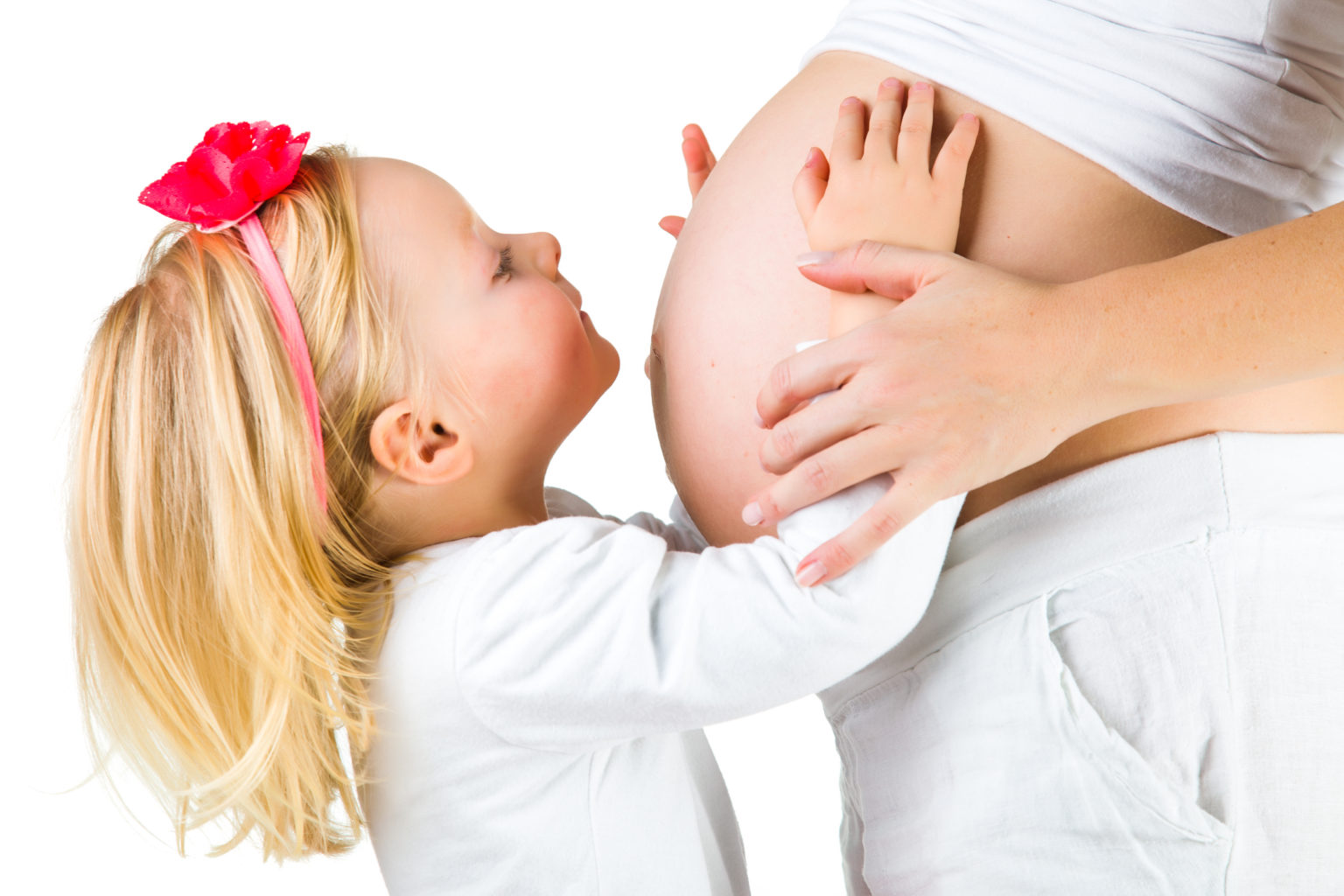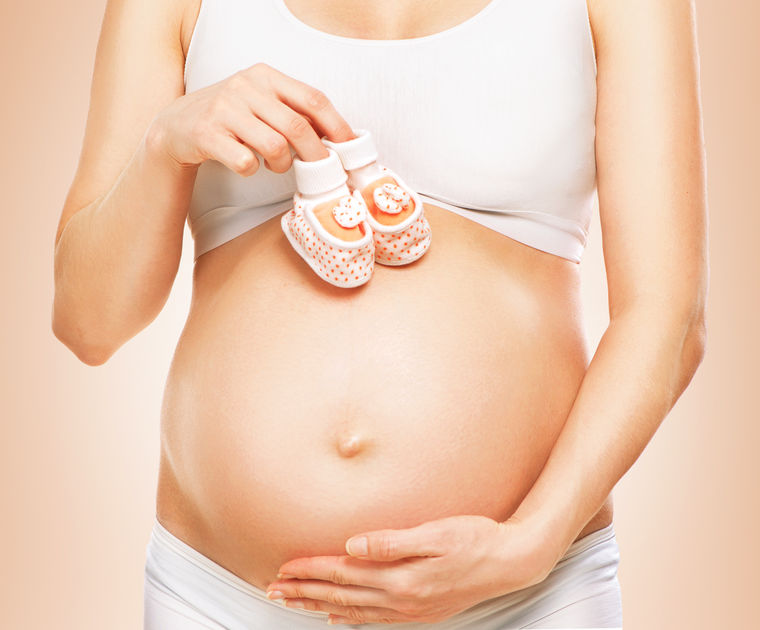
Domestic violence during pregnancy. The unlucky of born in China, and also in Mexico?
Gender violence is a structural social problem that has its roots in machismo, understanding that the origins of machismo in Mexican society is the force exerted by the mother figure, who often performs the two roles herself. , paternal and maternal, with the imbalance that all this entails. Promoted by the mother herself, within the family environment, where admiration for the “masculine” and contempt for the “feminine” coexist, submission to parental authority (even if it does not exist) and a strong appreciation of virginity in women . Originating the inequality that is reproduced and perpetuated generation after generation in every society, through multiple channels: culture, fashion, music, literature, advertising, the media, religion, video games, social networks … We are talking about a problem present in every society, in all social spheres and, of course, in all layers of the population, including the youngest. Manifesting violence in different ways: physical, sexual, psychological and economic
It occurs more frequently within the family, we must not forget this concept. It is any act or omission committed by any member of the family in a power relationship, regardless of the physical space where it occurs, that damages the well-being, physical, psychological integrity or freedom and the right to the full development of another member of the family .

But is there gender violence in pregnant women?
«Any act of violence based on belonging to the female sex, which has or may have physical, sexual or psychological harm or suffering for women; likewise, the threat of such acts, the coercion or arbitrary deprivation of liberty, both in public and private life »
But who defends the pregnant woman?
Who defends the future baby when diagnosed is female?
When a girl is born, her rights begin to be violated mainly by the mother and her closest relatives.
Let me mention that according to the study of “Intimate partner violence during pregnancy in women who give birth in public hospitals in Andalusia”, carried out with more than 700 pregnant women and included in the doctoral thesis of matron María Casilda Velasco Judge, 21% of the women suffered emotional violence, and 3.6% physical or sexual violence. Among the physically assaulted, 36.1% reported that the violence occurred “very often” or “daily” and 20.3% suffered damage such as bruises, burns or fractured bones.
At the same time, pregnancy violence poses a health risk to both the pregnant woman and the fetus. If among women who do not suffer violence, the threat of preterm or premature delivery ranges from 6 to 7%, among those who are victims of violence, the risk rises to 13-15%. Among women who experience psychological (non-physical) violence, they are 2.1 times more likely to have a threat of preterm labor. That probability shoots up 4.7 times more among those who have no support in their environment.
From the study indicated, it appears that 25% of the boys and girls who have been mistreated suffer emotional instability, 22% depression and 20% general problems in their evolutionary development, in addition to self-esteem problems and other types of difficulties.
I mentioned the misfortune of being born a woman in China, because the main reason for being born a man is because of the labor contribution to the country. In Mexico they are for other reasons, mainly machismo and contempt for women.

I share and join the current movement for the empowerment of women, their struggles and reasons, but mainly because I know that there are parents who are fortunate to have beautiful women as daughters, who before birth knew that they were women, who are in the time of their births and arrivals in this world; bless: thank God for having female daughters.
Expressions or manifestations of pain, disappointment or anger at being women never cross your mind during pregnancy.
At all times since they came into their lives, they do not know who they have been the happiest, I just know that the love they both give each other has been worth it and everything that can be said in words IS of Love. They never say: They are already here, I have to love them, “There is no way” they are WOMEN.
Assisted Reproduction clinics may have requests for sex selection for indications such as: X-linked recessive diseases such as the following: Duchenne muscular dystrophy, hemophilia, color blindness, X-fragile syndrome, etc.
It is also possible to avoid diseases linked to the Y chromosome, such as, for example, the microdeletions that cause azoospermia.
If however more than 80% are for sex selection by man and / or woman
The techniques that are performed are diverse with their percentages of assertiveness or failures, what we know as sensitivity and specificity Here are some options:
Microsort
It is a high-tech technique based on the content of the genetic material inside the sperm.
The Y chromosome is much smaller than the X chromosome. Therefore, the male sperm has 2.8% less DNA inside it than t The device designed to identify this difference and classify sperm is called a flow cytometer, and the technique is known as Microsort.
Once sperm carrying the X chromosome has been separated from those carrying the Y chromosome, they can be introduced into the female reproductive system by artificial insemination (AI) to achieve pregnancy.
The Microsort success rate is 70-80%. However, this procedure is still being tested in clinical trials and is not yet approved by the United States Food and Drug Administration (FDA). The reason is the use of a dye to separate sperm that could affect subsequent viability.
Ericsson method
The basis of this technique is the speed of sperm swimming.

Due to the DNA content of sperm, carriers of the Y chromosome are said to be lighter and faster than carriers of the X chromosome, which will be slower. With a modification to the semen training protocol in the laboratory, it is possible to enrich the sample with sperm of the desired sex and introduce it directly into the uterus using an AI.
The success rate of the Ericsson method is around 70%.
Shettles method
It consists of scheduling sexual relations on specific days of the woman’s menstrual cycle.
Proponents of the Shettles method support the question that sperm cells carrying the Y chromosome are faster and live less than carriers of the X chromosome. Therefore, during the days following ovulation there will be more possibilities of having a male. In contrast, the possibility of having a girl increases about four or five days before ovulation because the sperm with the X chromosome survive more days.
To find out when ovulation occurs, you can use the body temperature measurement method.
Some of the specialists who are in favor of this theory point out that its reliability is 75%, but other experts question it.
Whelan method
It also involves scheduling sexual intercourse based on ovulation. However, this theory contradicts the previous one.
The Whelan method claims that the biochemical changes that favor Y chromosome sperm occur first in the female cycle. So, if you want to have a boy, intercourse should take place between four and six days before ovulation and, on the contrary, if the desire is to have a girl, it is best two or three days before ovulating.
The effectiveness of this method is questioned as in the previous case, although some claim that it is 60%.
Post-embryonic technique: DGP
The acronym DGP corresponds to preimplantation genetic diagnosis, which takes place once the embryos are obtained in the laboratory during an in vitro fertilization (IVF) treatment.
The main application of DGP is to select a “genetically healthy” embryo to avoid having a child with a genetic disorder. Furthermore, as this technique allows to analyze all the chromosomes of the embryo, it is possible to observe the existence of the X or Y chromosome and know the sex of each one.
After doing this genetic analysis, the chosen embryos are transferred to the mother’s uterus in order to achieve pregnancy.
Its efficacy for sex selection is 97.7%. To avoid diseases or genetic alterations it is also highly effective. However, any future mother over 35 years of age is advised to undergo amniocentesis during pregnancy to rule out genetic abnormalities.
When sex selection is requested, does the couple commit gender violence?
What if violence is detected in pregnancy?
There are not many documented documents in our environment, in other countries there are laws that defend the future born as an example.
Article 65: Of the measures of suspension of parental authority or custody of minors. The Judge may suspend for the accused of gender violence the exercise of parental authority or custody, with respect to the minors to which he refers.
Article 66: Of the measure of suspension of the regime of visits. The Judge may order the suspension of visits of the accused for gender violence to his descendants.
In Mexico, who will defend them? If the mother herself is the one who starts the aggression on her own offspring from pregnancy.
I think that women continue to gain ground in our environment, even for those who are not born, a matter of knowing the first cases.
